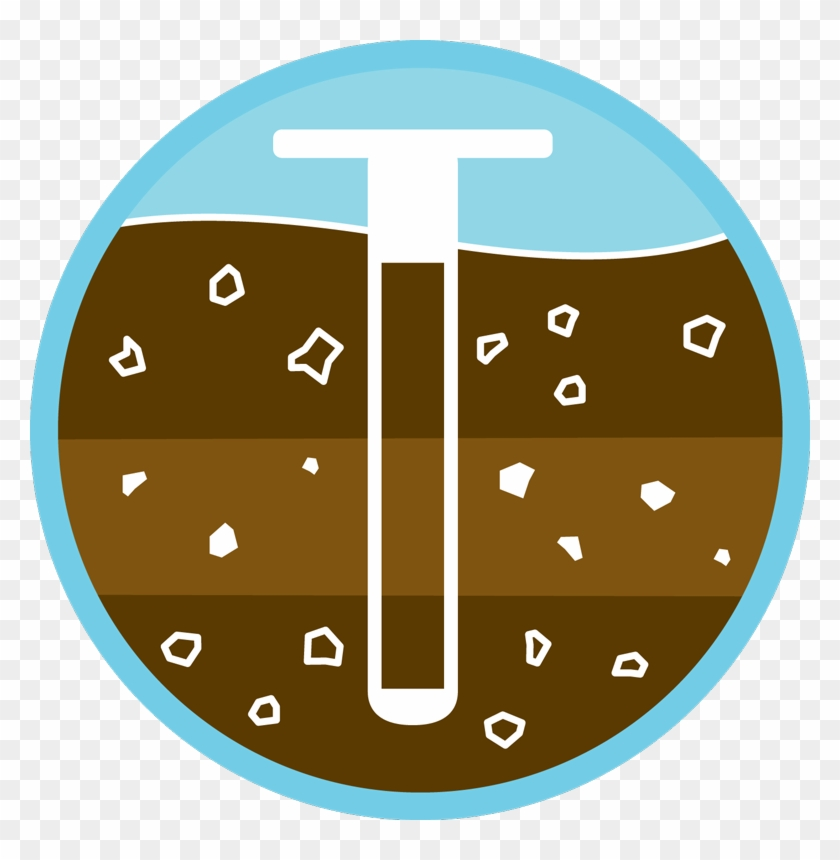Long story short - I moved from a country where there’s an abundance of black soil to a country with a dry climate and not much black soil. Not only that, I moved from an apartment to a house with plenty of land. I believe strongly that growing my own produce is the way to go, but sadly I lack a lot of skill.
What I want to do is to plant a few plants, bushes and trees to get started with gardening, but I’m not sure whether the types that I want to plant will take well to the soil.
So the first logical step in my mind is to figure out what kind of a soil I’ve got and what it’s well suited for and can I make it work for some things that it might not be ideal for.
That’s why I was super hyped when I found this community, but it looks like people here are mostly posting articles and the discussions are more on the specialist/scientific side, so I hope my question doesn’t stick out as unwanted.


Thank you for the tips! Luckily I’ve got too many jars laying around so that won’t be a problem.
As for neighbours, there’s a bit of a language barrier, but I’ve got my gf’s grandma who’s growing a bunch of stuff near here so I’m definitely planting natives, but I also want to plant a couple of blackcurrant bushes which might prove to be a little tricky since there’s little rainfall.
One method that may be useful for experimenting with currants in a dry region is the practice of pit-and-mound plantings. Just upslope of where you intend to plant them, dig a small hole and tamp down the bottom and sides to create a basin. It can help to add water during this step, and it will give you the ability to see how the rate of percolation (the draining of the water through the soil) changes. The goal of this method is to catch as much of the precipitation as possible and release it slowly and locally to a particular plant. This will give that plant a longer period of water availability which could help to mitigate the general lack of rain.
Since currants propagate readily from mounding, or stool layering (if you’re looking for other plants this will work with), you can use the soil you dug to build up soil against the stems. Alternatively, you can use the removed soil to create small half rings on the downslope side of them to create additional space to hold water. If you decide to mound the soil, be sure to make the top as flat and level as you can to allow water to soak in instead of running off too quickly.